Vacation Packing List | Get Kids To Pack Without Help!
Inside: Packing for vacation can be overwhelming if you have more than one child. This post breaks down the best ways to teach kids how…
Parenting ideas and tips and how to be the best parent for your kids.
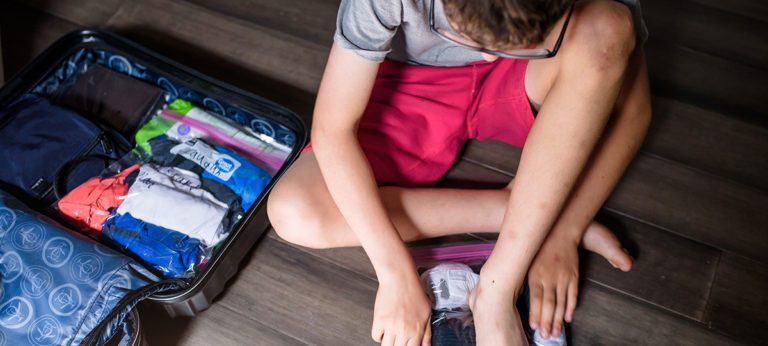
Inside: Packing for vacation can be overwhelming if you have more than one child. This post breaks down the best ways to teach kids how…
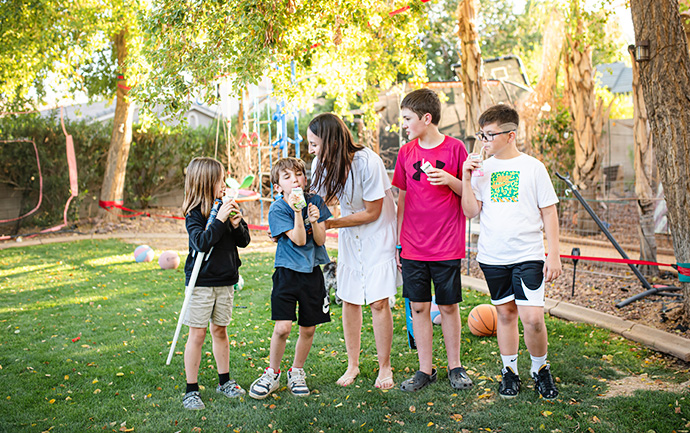
Summer can bring its fair share of challenges for parents. With kids at home all day, unstructured time, and changes to the routine, it’s easy to feel overwhelmed. In this guide, we share 5 tips for summer parenting that will help you manage the chaos, stay organized, and maintain your sanity.

Not all parent coaches are the same. In this post, you’ll learn the 10 most important questions to ask a parent coach before hiring one, so you can find the right support for your unique family and start your journey with confidence.

Summer routines and schedules help kids know what to expect and behave better! Have a summer full of fun and joy by picking the best schedule to download for your family!

Yelling at kids might feel like the only option in the heat of the moment, but it rarely leads to the results we actually want. Learn the reasons you should stop yelling and what to do instead.
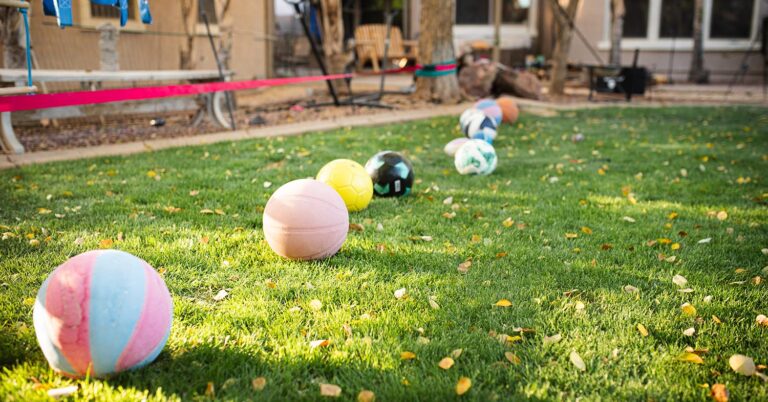
Raising a hyperactive child can feel hard. Often times, they just need coping skills! In this post, we’re breaking down what coping skills really are, why they’re essential for hyperactive kids, and sharing a practical, categorized list you can start using today. Plus, I’m introducing you to my favorite resource, the Coping Skills Hub by Janine Halloran, a treasure trove of games, videos, printables, and strategies to help your child (and you!) build emotional resilience from the inside out.

Family dinners are a powerful tool for building strong family bonds and creating lasting memories.
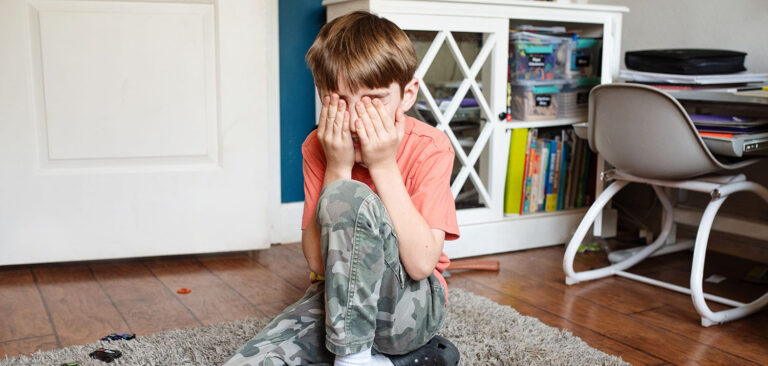
It can be hard to meet the emotional needs of a child. Give them the tools and knowledge about what emotions are and how to handle them.
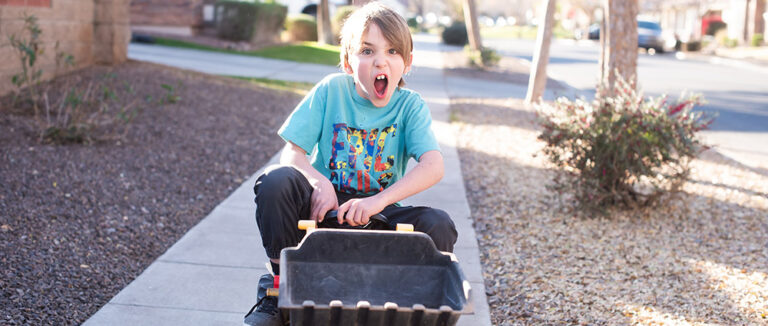
Parenting a child with behavior problems can feel overwhelming, exhausting, and frustrating. No matter how many books you read or strategies you try, it can…
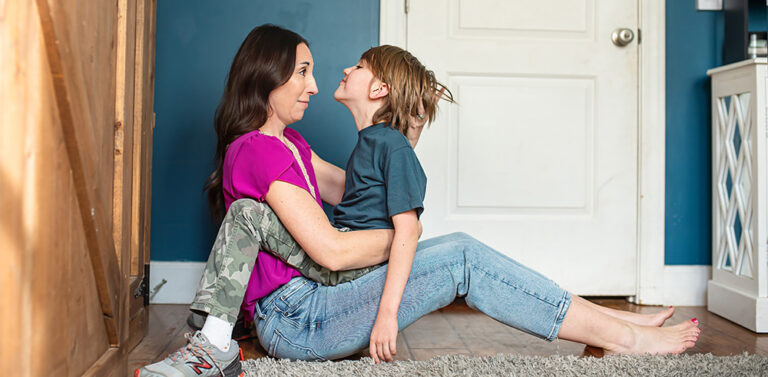
Inside: Feeling like you’re a failure as a mom can be overwhelming, but shifting your mindset can change how you show up and feel as…

In this post, you will find what to discuss during Family Meetings and also can download your own family meeting agenda to make meetings run…

The very first mom I ever worked with sat across from me, looking completely overwhelmed. When I asked her, “Where do you feel stress in…